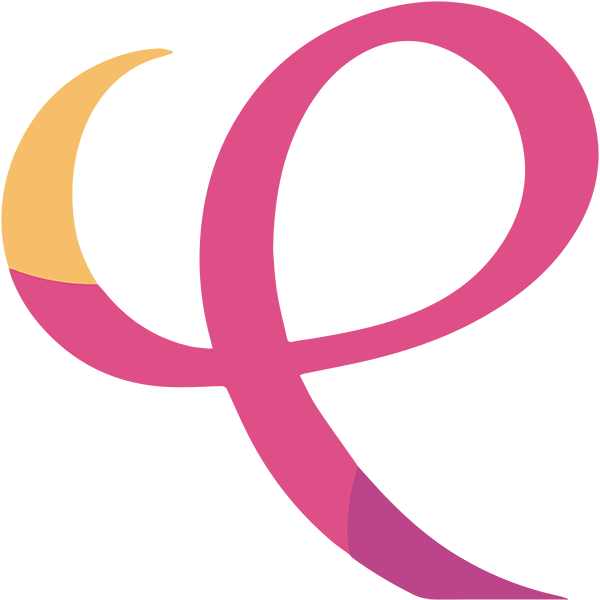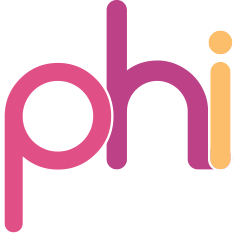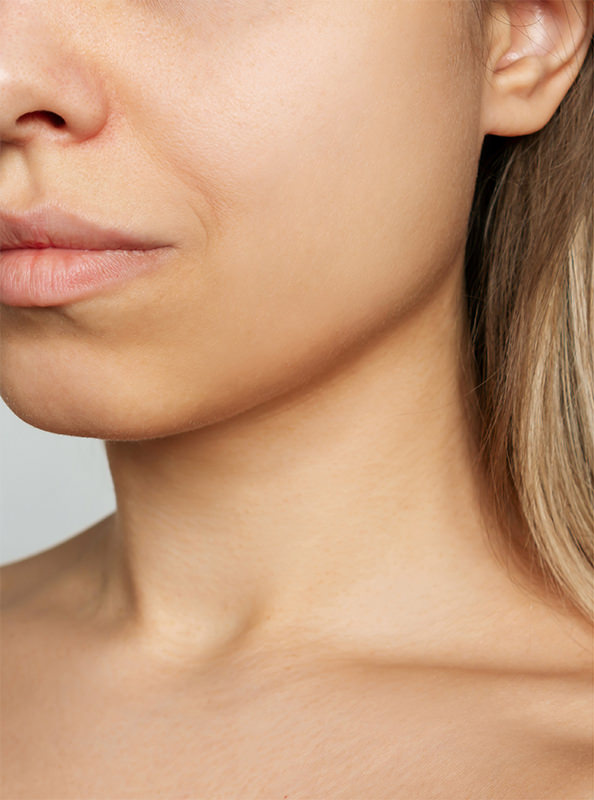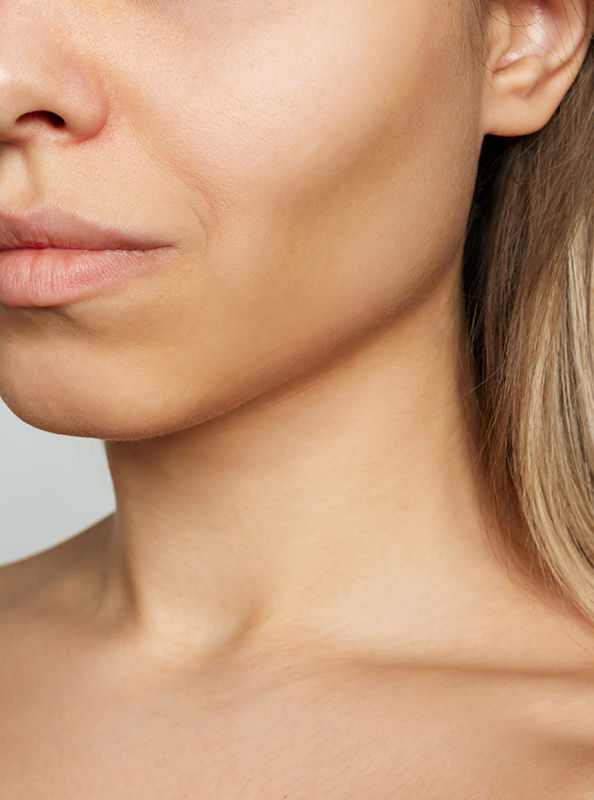Buccal fat pad removal allows us to create a more sculpted and chiselled look. The buccal fat pads are fatty deposits in the cheeks that extend to the temples and back of the upper jaw. Usually, we see these fat pads more prominently in younger children, and they begin to slim into adulthood. If still present later in life, the buccal fat pad can lead to disproportionately round cheeks, making patients self-conscious about their appearance.
At Phi Plastic Surgery, Dr. Perry Gdalevitch can remove fat in this area to give patients a more defined and contoured cheekbone.

 PLASTIC
PLASTIC



